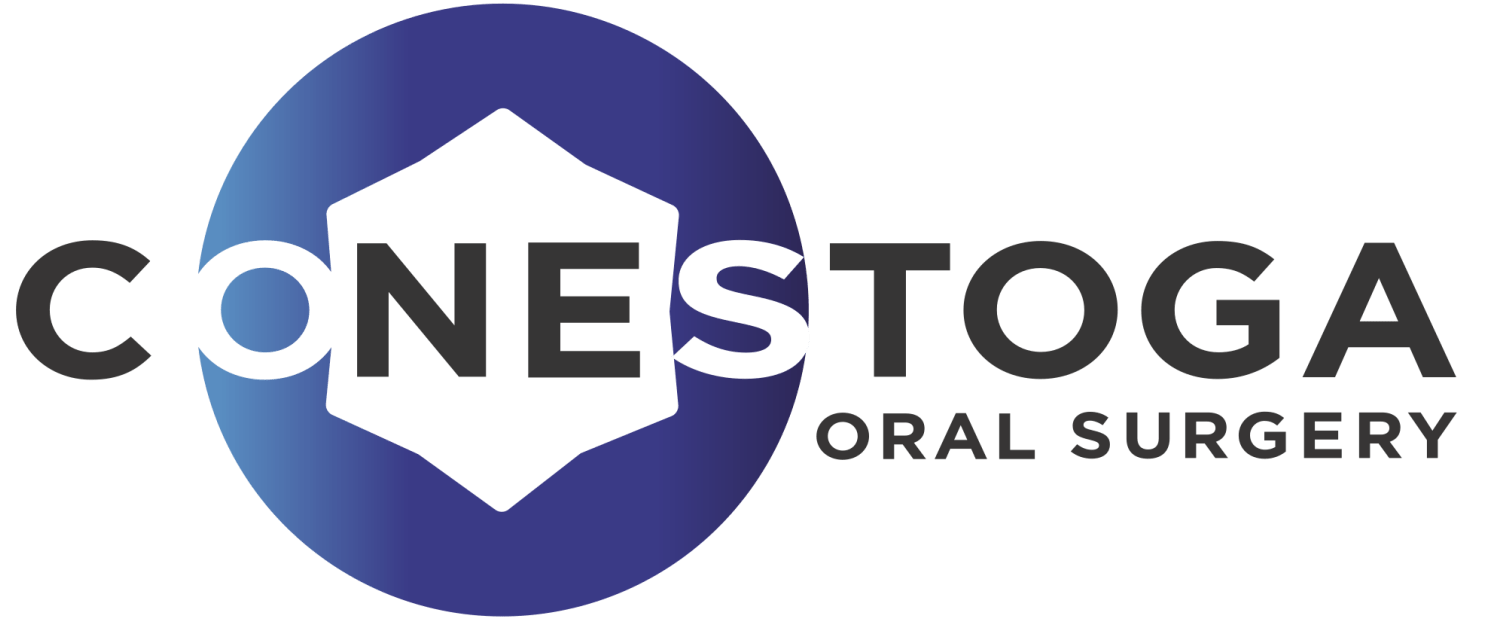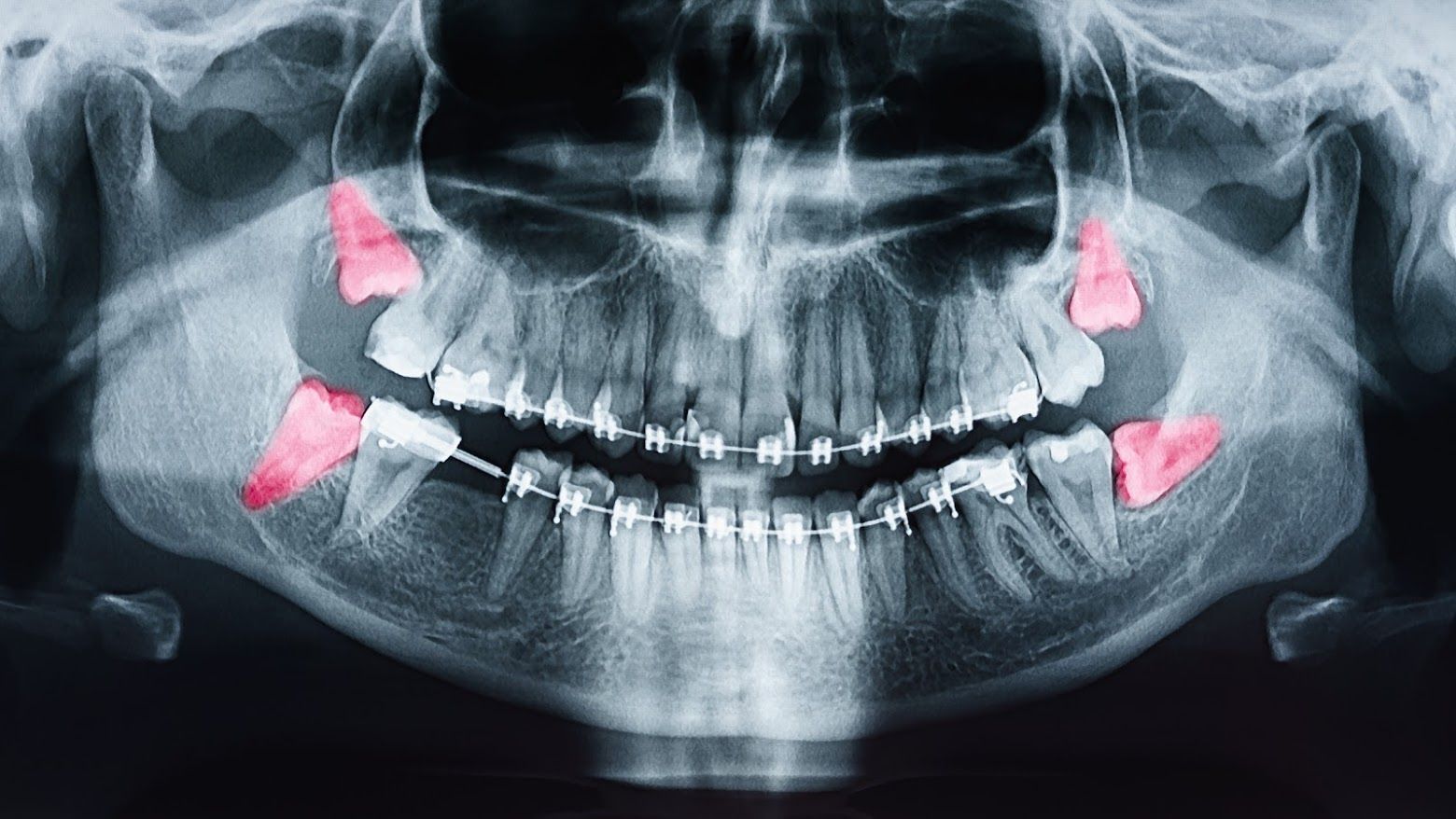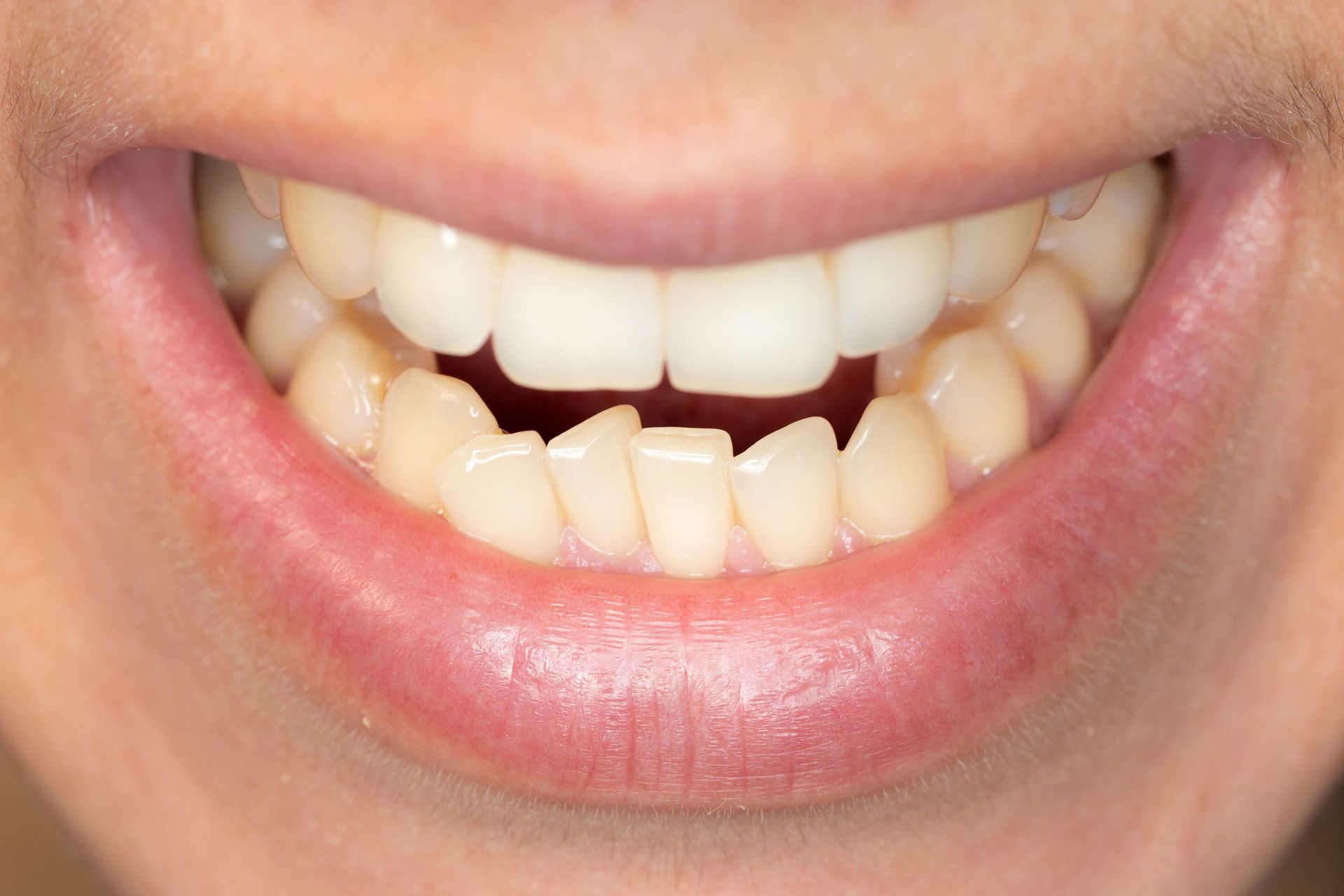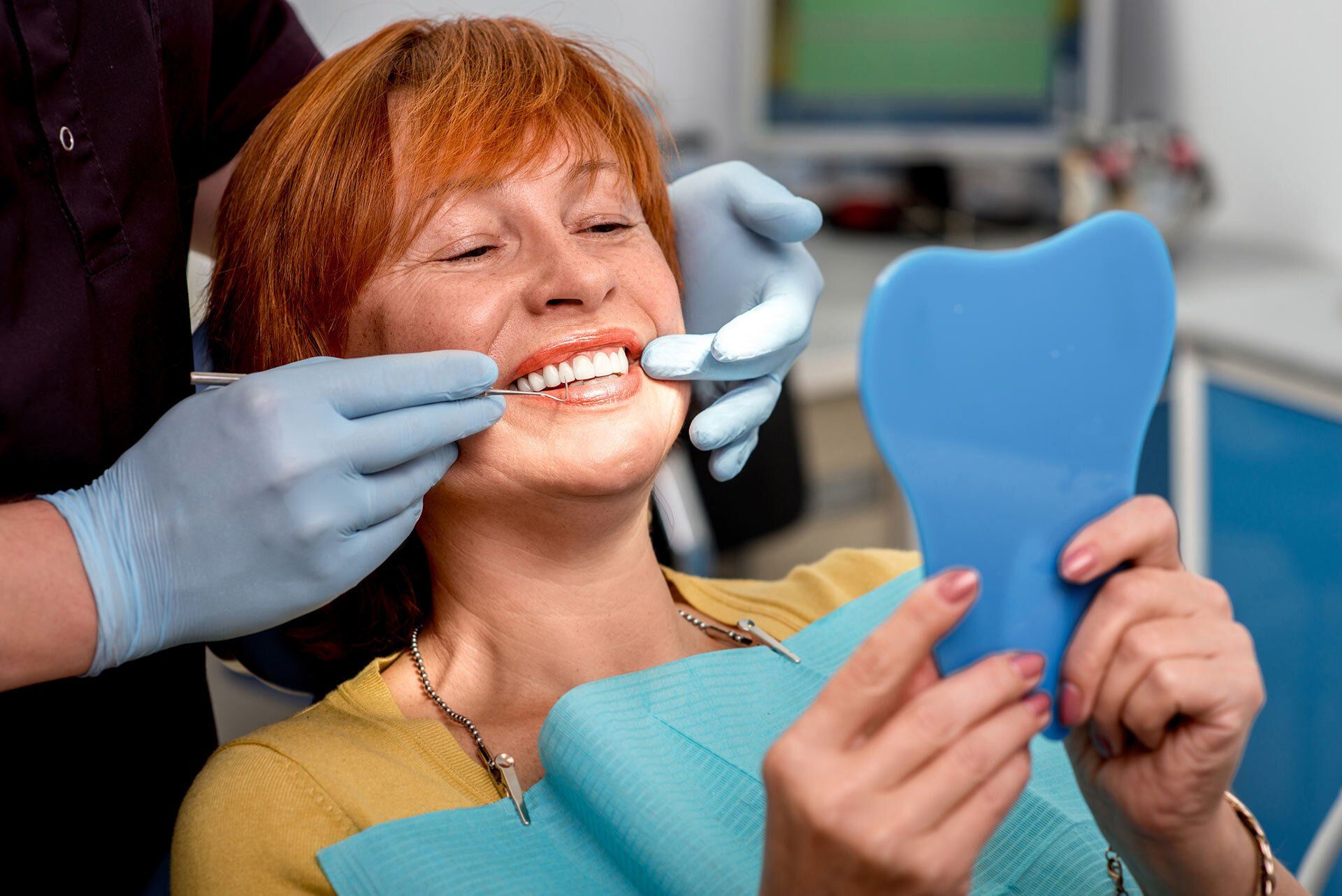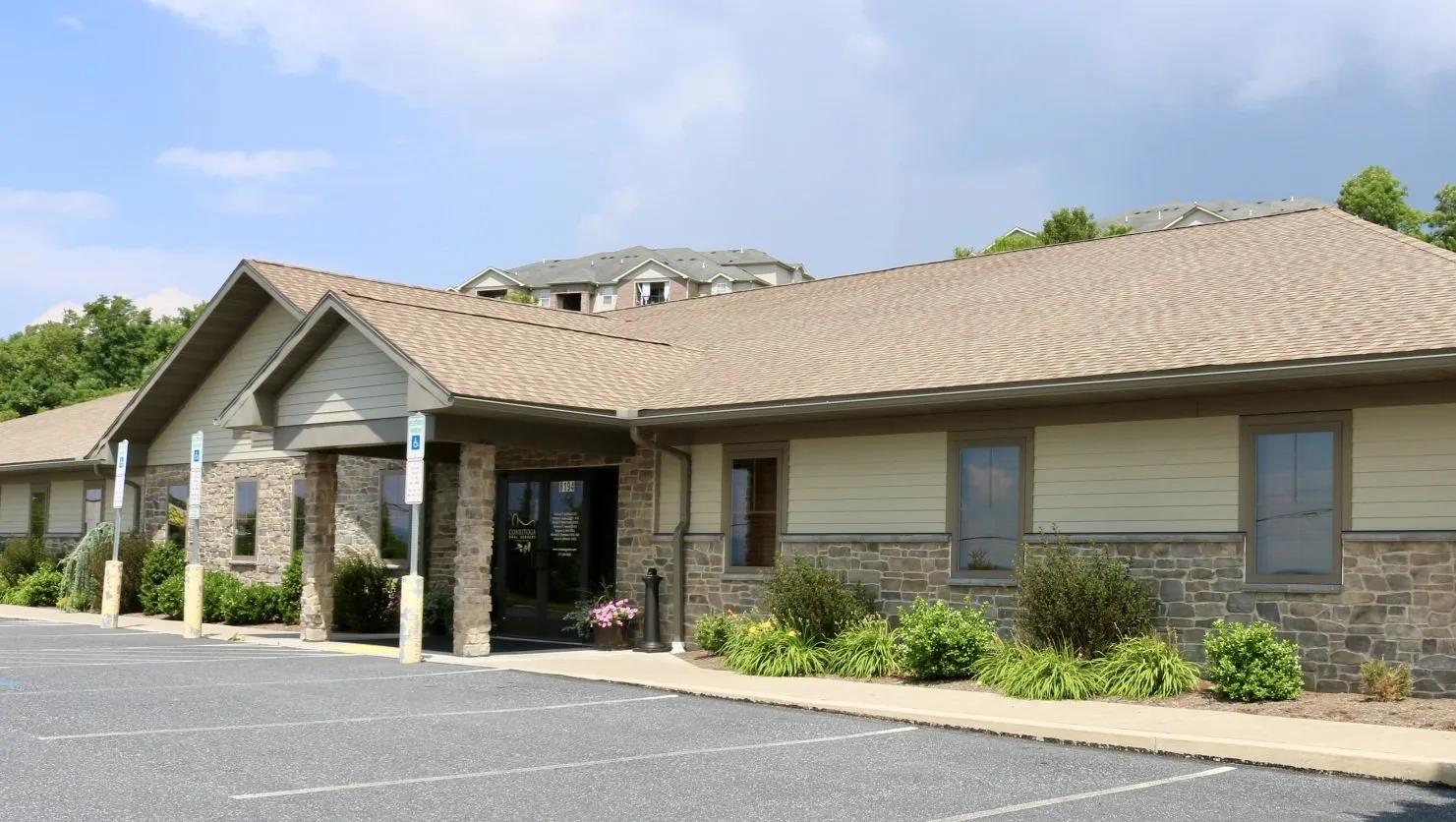Lancaster Office
Hershey Office
Lititz Office
Various Traumatic Facial Injuries Managed by Oral and Maxillofacial Surgeons
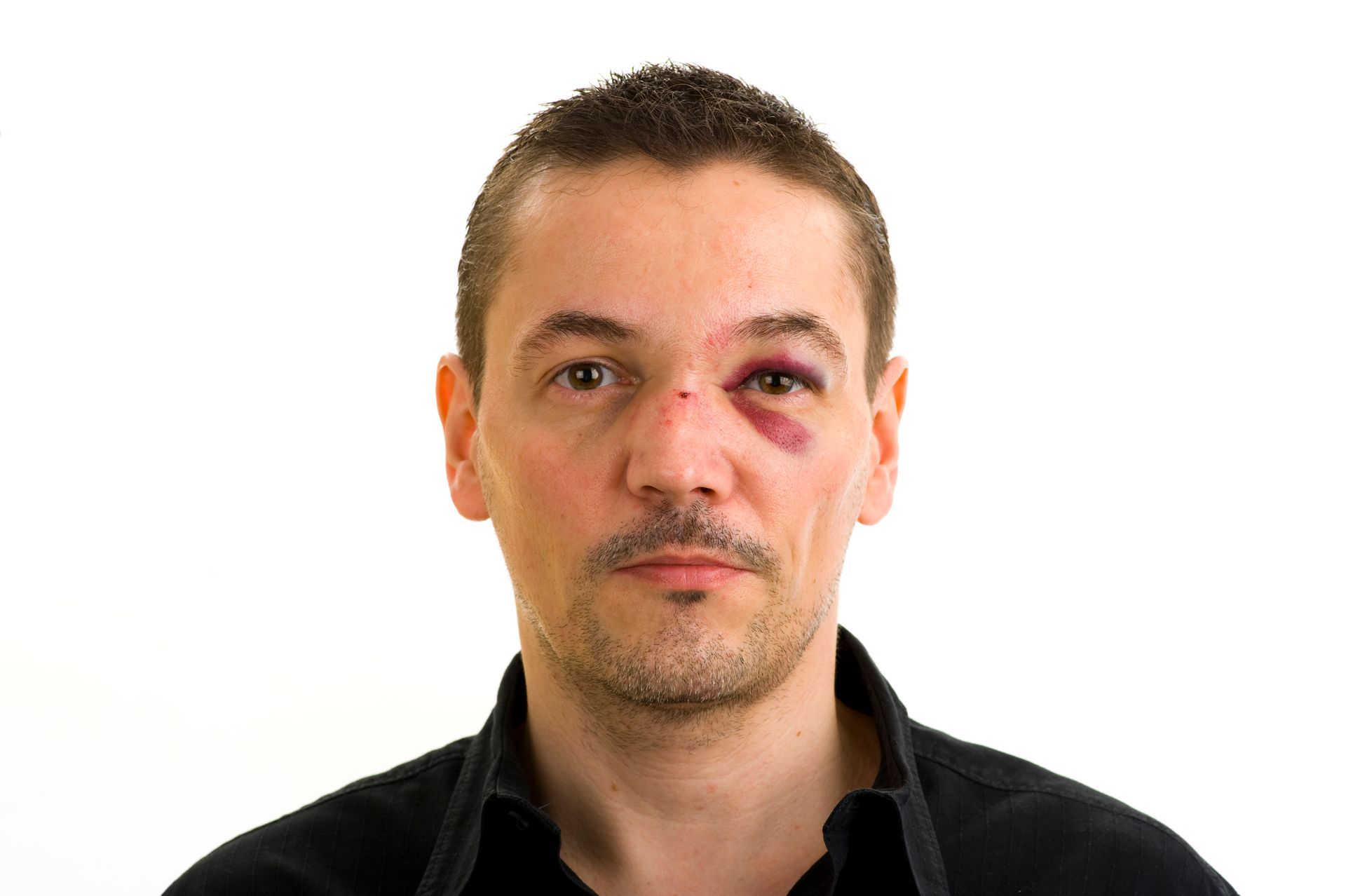
Traumatic facial injuries happen when least expected and often require urgent management with an expert. These types of injuries can affect both the soft (skin and gum tissue) and hard (bone and cartilage) tissues of the face, mouth, and jaws.
After a thorough clinical and radiographic evaluation, some injuries are managed conservatively with minimal/no surgery needed, while others require the skills and expertise of an oral and maxillofacial surgeon. Oral surgeons are one of the only dental specialties that undergo extensive training in a hospital setting during their residency to obtain the skills necessary to treat patients with fractures and soft tissue injuries. The doctors at Conestoga Oral Surgery are also on staff at several local hospitals and take facial trauma call at Lancaster General Hospital to provide patients access to much needed care. The following are common traumatic injuries managed by oral surgeons.
FACIAL FRACTURES
Facial fractures are common when a patient is in an unfortunate circumstance such as a motor vehicle accident or sports injury. These fractures involve the bones of the face such as the nose, orbit, cheekbone, and jaw. A fracture can significantly impact your appearance and function and must be evaluate and treated in an urgent/efficient manner. Delay in treatment can result in displaced bony structure and affect a patient’s ability to speak, chew, breathe, or see clearly.
Prior to determining the need for surgical intervention, a 3D scan (CAT scan) is often obtained to diagnose the fractures and assess how displaced the fractures are. There are times that fractures are present, but non-displaced and conversative measures can lead to a successful healing phase, while avoiding surgery. When fractures are significantly displaced, intervention by an oral and maxillofacial surgeon is necessary. When left untreated, a non-union (unhealed) or mal-union (healed in the wrong position) may result. This will then require further intervention or corrective surgery in the future. Facial asymmetry, a crooked jaw, or inability to breath clearly through the nose are just a few of the long-term issues that can impact your self-confidence and your overall quality of life when fractures are not managed properly.
Surgical repair of facial fractures often takes place in an operating root setting under general anesthesia. A series of incisions to access the fractures are made, often within the mouth. Once the fractures are reapproximated titanium plates and screws are used to hold the fractures in place for maximum healing, similar to a cast. These plates and screws are oftentimes not removed and remain in place. Mobile fractures will not heal.
TRAUMATIC DENTAL TRAUMA
Facial injuries are not just limited to the bones and soft tissues of the face. Traumatic falls and sports injuries often affect the gums and teeth as well. These injuries also require urgent attention or permanent loss of teeth or malocclusion can result. Avulsions (tooth loss), luxations (tooth displacement), and tooth fractures will be discussed in detail.
AVULSION: When a tooth is avulsed or traumatically removed from the socket, how the tooth is handled and the amount time the tooth remains out of the mouth determines the overall prognosis. The following guidelines are recommended for adult teeth that have been avulsed:
- Keep the patient calm.
- Find the tooth and pick it up by the crown (the white part). Avoid touching the root.
- If the tooth is dirty, rinse it gently in milk, saline or in the patient’s saliva
- If replantation at the accident site is not possible, place the tooth, as soon as possible, in a storage or transport medium that is immediately available at the emergency site. This should be done quickly to avoid dehydration of the root surface, which starts to happen in a matter of a few minutes. In descending order of preference, milk, Hank’s Balanced Salt Solution, saliva (after spitting into a glass for instance), or saline are suitable and convenient storage mediums.
- The tooth can then be brought with the patient to oral surgeon’s office for replantation and stabilization.
*Teeth that have been out of the mouth for greater than 1-2 hours are likely no longer viable and replantation is often not successful or not recommended.
LUXATION: When a tooth is directly traumatized resulting in the tooth being displaced in an unnatural position, repositioning is necessary. This can occur by administering local anesthesia and moving the tooth/teeth to their original position. A wire splint is bonded to the mobile teeth and surrounding stable teeth (a primitive form of braces) to allow for immobility for several weeks. The splint is subsequently removed and the traumatized teeth are evaluated. Should mobility persist, these teeth will often need to be removed.
FRACTURE: Direct injury to a tooth can result in fractures to the crown or root structure. When a tooth sustains a fracture that is more superficial it can be repaired by your general dentist. The deeper down a fracture occurs, however, may result in the need for root canal therapy or a hopeless prognosis requiring extraction.
Should loss of a tooth occur, bone grafting by the oral surgeon can be completed and the placement of a dental implant is often an excellent alternative. The doctors at Conestoga Oral Surgery place thousands of implants each year and will provide guidance and direction throughout the process.
If you have suffered a traumatic facial injury, please contact us at Conestoga Oral Surgery immediately. Our team of experienced oral surgeons can provide the specialized
- Mon - Thu
- -
- Friday
- -
- Sat - Sun
- Closed
